A day after Dussehra the overall Air Quality Index (AQI) of Delhi was recorded at 337, which falls in the ‘very poor’ category and is the highest of this season.
Delhi’s air quality nosedived to ‘very poor’ category with several areas heading towards ‘severe’ pollution levels on Saturday as haze engulfed the city while stubble burning in Punjab and Haryana continued to contaminate the atmosphere, authorities said.
A day after Dussehra the overall Air Quality Index (AQI) of Delhi was recorded at 337, which falls in the ‘very poor’ category and is the highest of this season, creating hazy conditions, according to data from the Central Pollution Control Board (CPCB).
About 31 areas in Delhi recorded ‘very poor’ air quality while two areas showed ‘severe’ air quality levels, it said. CRRU Mathura Road and Dwarka Sector 8 witnessed ‘severe’ level of pollution at 414 and 402, respectively, the data said.
Anand Vihar, DTU, Mundka, Narela, Nehru Nagar and Rohini all showed ‘very poor’ air quality, it said.
A senior official of the Central Pollution Control Board (CPCB) said air quality may worsen over the next couple of days due to the combined effects of burning of effigies on Dussehra, stubble burning and low wind speed in Delhi.
An AQI between 0 and 50 is considered “good”, 51 and 100 “satisfactory”, 101 and 200 “moderate”, 201 and 300 “poor”, 301 and 400 “very poor”, and 401 and 500 “severe”.
An official warned that the PM2.5 (presence of particles in the air with a diameter of less than 2.5 micrometres) was reaching dangerous levels.
Air pollution across north India has started to peak, either nearing or breaching ‘very poor’ levels in benchmark cities such as Delhi, Kanpur and Lucknow, according to experts from multiple government and private organisations that monitor the region’s annual meteorological and public health nightmare in the winter months.
The trend is likely to rise over the next three weeks leading up to Diwali, they said.
On Wednesday and Thursday, the air quality had deteriorated to the ‘very poor’ category, alarming authorities who were planning to roll out more stringent measures to combat pollution.
On Friday, the Supreme Court appointed Environment Protection Control Authority (EPCA) met with government officials to discuss the pollution situation in the national capital.
On Saturday, the PM2.5 (presence of particles in the air with a diameter of less than 2.5 micrometres) touched a new high at 158. The PM2.5, also called “fine particulates”, can be a matter of more serious health concern than PM10.
The PM10 level (presence of particles in the air with a diameter of less than 10 micrometres) in Delhi stood at 270 and the PM 2.5 level was recorded at 125, according to the data from the Centre-run System of Air Quality Forecasting and Research (SAFAR).
Images by NASA showed rampant stubble burning in Punjab and Haryana in the last two weeks. Satellite images on Friday showed high aerosol optical depth over the northern states and the Himalayan foothills in the past couple of days.
“Northern India and the foothills are affected by high aerosol levels. Unless there are strong winds to drive these aerosols away, they will remain accumulated. During Diwali, the situation will obviously deteriorate further unless strict restrictions are placed on firecrackers,” said an IMD scientist, who asked not to be named.
Delhi Chief Minister Arvind Kejriwal had Friday warned that the city would become a “gas chamber soon” as the Centre, Punjab and Haryana governments did “absolutely nothing” for farmers involved in stubble burning.
“V sad that Central, Punjab and Haryana Govts did absolutely nothing for the farmers. As a result, the farmers will suffer on one hand and Delhi will become a gas chamber soon (sic),” he tweeted.

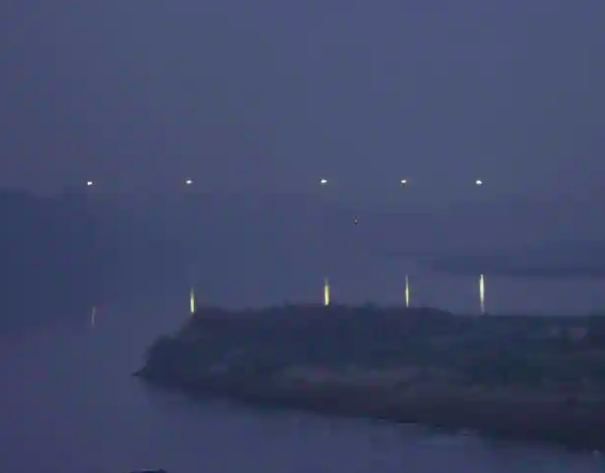


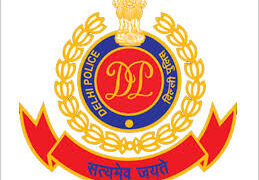

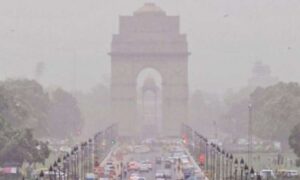













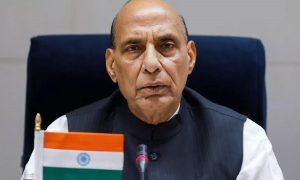



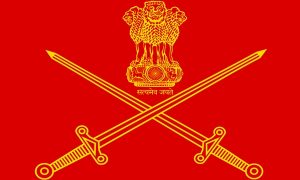



 WhatsApp us
WhatsApp us